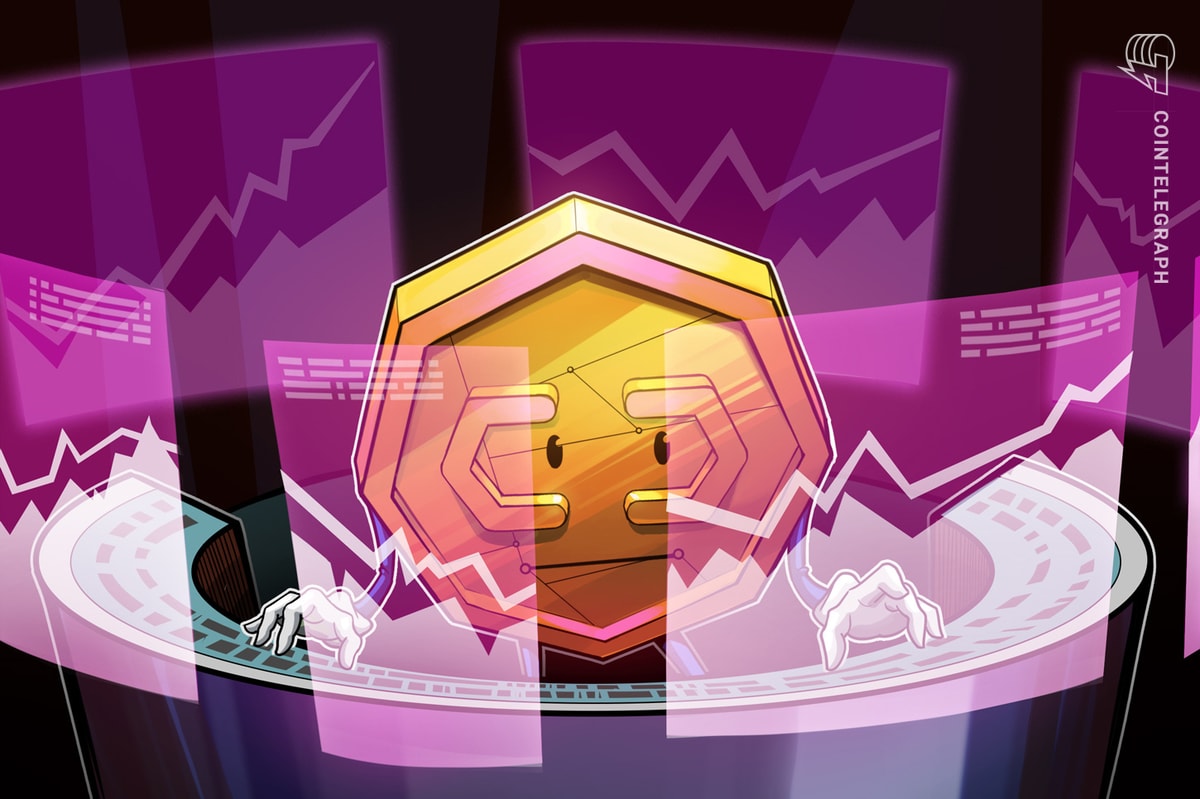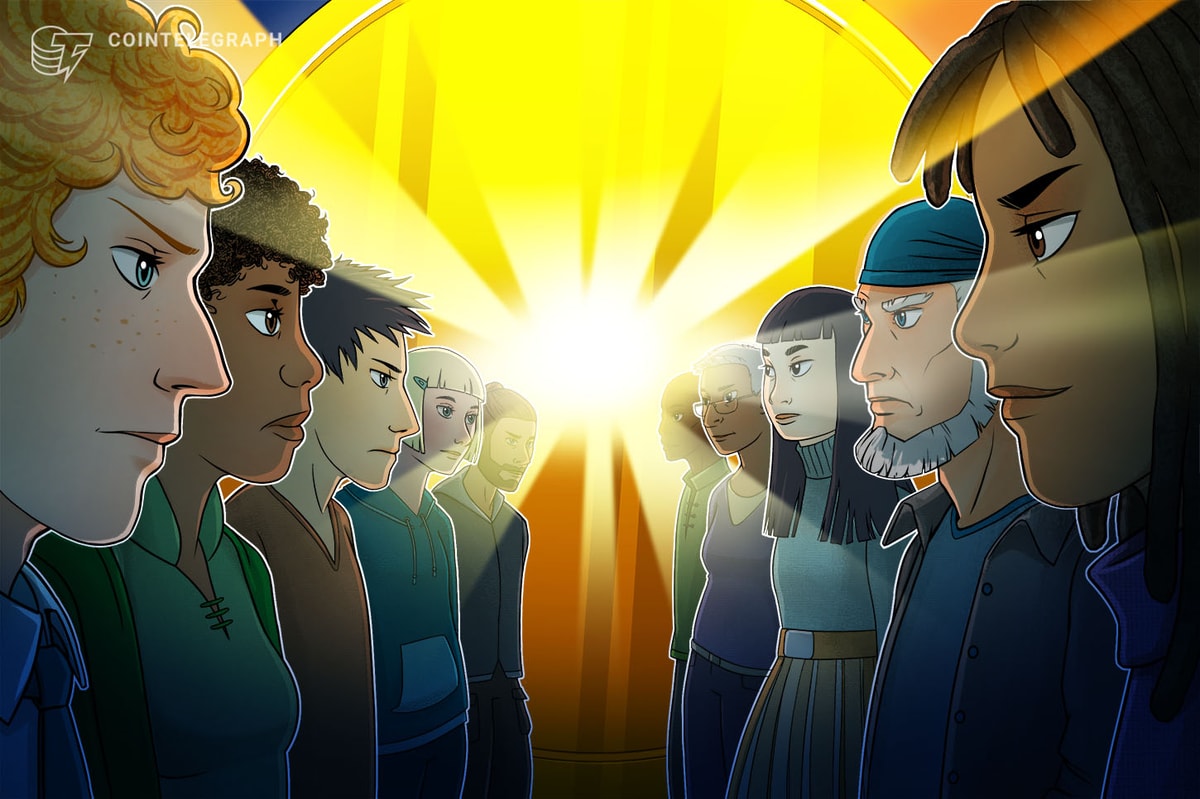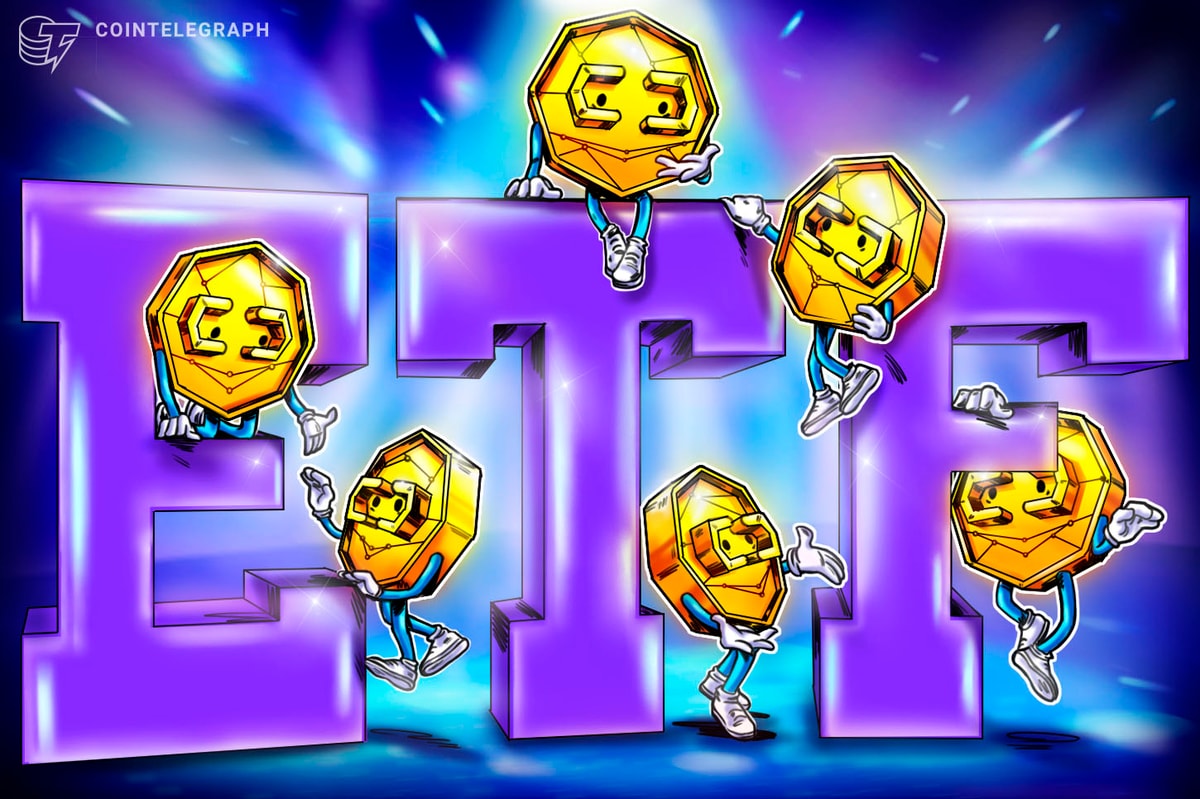On Wednesday, centralized cryptocurrency exchange Binance launched its new TerraUSD (UST) staking program. Although Binance did not name the underlying decentralized finance protocol responsible for the staking rewards, Do Kwon — Terra Luna’s (LUNA) co-founder — attributed the origins of the high yield to Terra’s flagship Anchor protocol.
Anchor rate is now available to 30M+ binance users
The anchor yield of web3 is living up to its name.
— Do Kwon (@stablekwon) April 6, 2022
Terra’s (Luna) ecosystem consists of its algorithmic stablecoin UST and governance/equilibrium token LUNA. The Anchor protocol alleges that it operates as a “crypto savings account,” allowing users to deposit their UST and earn up to 20% APY. The savings rate is funded via a combination of borrowers paying interest on UST loans and staking income from their collateral.
At the time of publication, there is a continued imbalance between borrowers and lenders, with 12.4 billion UST worth of deposits relying on income generated by just 3.47 billion UST of loans. Anchor must tap into its reserves to pay out its promised APY when this occurs. According to data from an unofficial tracking resource called Terra.engineer, Anchor has less than 340 million UST remaining in its reserves, compared to approximately 450 million UST last month. Despite the declining reserve count, the Terra development team is using initiatives such as injecting more reserve capital and launching more income-generating methods to maintain protocol.
Earlier in the day, data from Luna Foundation Guard’s (LFG) official Bitcoin (BTC) address shows that the entity purchased another 5,040 BTC ($222 million), bringing its total stack to 35,768 BTC ($1.577 billion). LFG launched in January to grow the Terra ecosystem and improve the sustainability of its stablecoins. Earlier, Do Kwon said he wanted to build a decentralized foreign exchange, or forex, reserve for UST, utilizing both LUNA and BTC. LFG plans to expand its BTC reserves to $10 billion, with additional purchases after that based on how much UST is minted.






